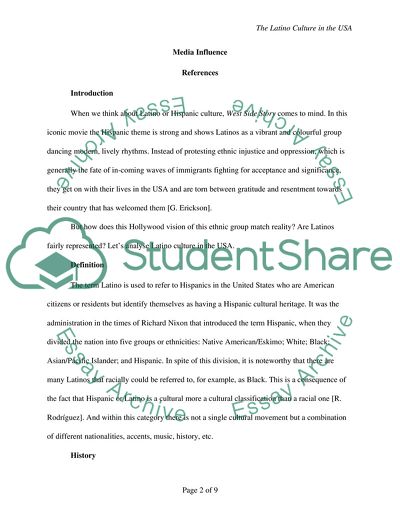Cite this document
(The Latino Culture in America Coursework Example | Topics and Well Written Essays - 1500 words, n.d.)
The Latino Culture in America Coursework Example | Topics and Well Written Essays - 1500 words. https://studentshare.org/culture/1710039-the-latino-culture-in-america
The Latino Culture in America Coursework Example | Topics and Well Written Essays - 1500 words. https://studentshare.org/culture/1710039-the-latino-culture-in-america
(The Latino Culture in America Coursework Example | Topics and Well Written Essays - 1500 Words)
The Latino Culture in America Coursework Example | Topics and Well Written Essays - 1500 Words. https://studentshare.org/culture/1710039-the-latino-culture-in-america.
The Latino Culture in America Coursework Example | Topics and Well Written Essays - 1500 Words. https://studentshare.org/culture/1710039-the-latino-culture-in-america.
“The Latino Culture in America Coursework Example | Topics and Well Written Essays - 1500 Words”. https://studentshare.org/culture/1710039-the-latino-culture-in-america.


